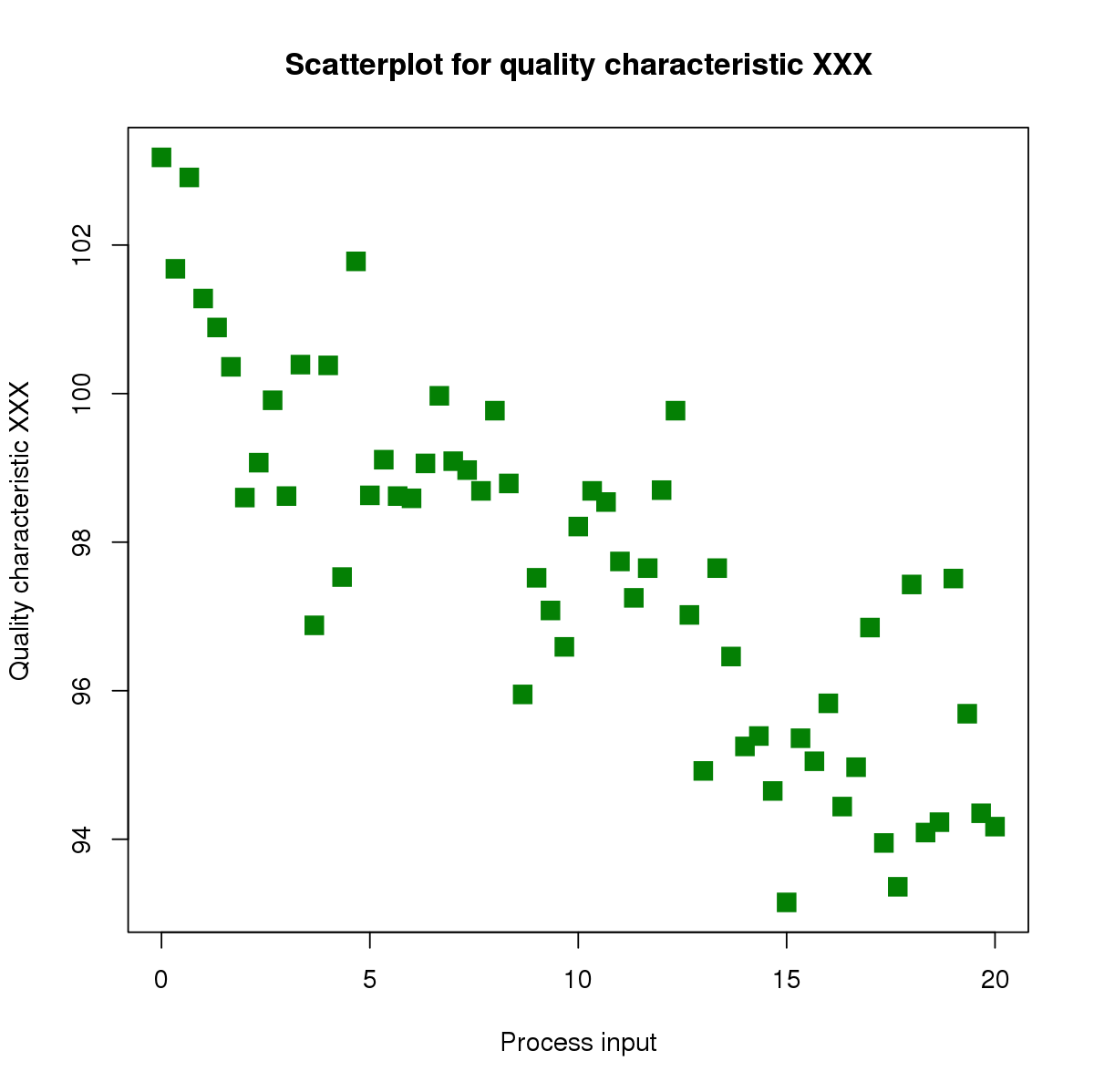Plots Images
- Matplotlib Tutorial
Solved: I can't plot a jpg image that I inserted into AutoCAD. The image is a company logo. Anyone can help me out? Thanks in advance! 13,133 garden plot stock photos are available royalty-free. Square Foot Garden Plot. A square foot garden plot ready for planting in the spring. A community garden plot all tilled and ready for planting in Prairie Crossing neighborhood in Grayslake.
Logical; if TRUE, add to current plot (and disregard the following four arguments). This is rarely useful because image ‘paints’ over existing graphics. Xaxs, yaxs: style of x and y axis. The default 'i' is appropriate for images. Xlab, ylab: each a character string giving the labels for the x and y axis. This saves the plot as Customed Plot.pdf inside the working directory. Here, dpi=300 represents 300 dots per inch in the saved image, and bboxinches='tight' represents no bounding box around output image. Save Plot Without Displaying in Non-Interactive Mode. However, if we are in interactive mode, the figure is always shown.
- Matplotlib Useful Resources
- Selected Reading
The image module in Matplotlib package provides functionalities required for loading, rescaling and displaying image.
Loading image data is supported by the Pillow library. Natively, Matplotlib only supports PNG images. The commands shown below fall back on Pillow if the native read fails.
The image used in this example is a PNG file, but keep that Pillow requirement in mind for your own data. The imread() function is used to read image data in an ndarray object of float32 dtype.
Assuming that following image named as mtplogo.png is present in the current working directory.
Any array containing image data can be saved to a disk file by executing the imsave() function. Here a vertically flipped version of the original png file is saved by giving origin parameter as lower.
Plot Images Hd
The new image appears as below if opened in any image viewer.
To draw the image on Matplotlib viewer, execute the imshow() function.
Save Plot as Image or Vector Graphics File
You can save plots as images or as vector graphics files using either the export button in the axes toolbar, or by calling the exportgraphics function. When deciding between the two types of content, consider the quality, file size, and formatting requirements for the document you are placing the file into.
Images are supported in most applications. They are useful for representing pictorial images and complex surfaces. However, because they made up of pixels, they do not always scale well when you print or display them on other devices that have different resolutions. In some cases, you might need to save an image with enough resolution to satisfy certain quality requirements. Higher resolution files tend to be larger, which can make them difficult to share in an email or upload to a server. It can also be difficult to edit the lines and text in an image without introducing artifacts.
Vector graphics files contain instructions for drawing lines, curves, and polygons. They are useful for representing content consisting of lines, curves, and regions of solid color. These files contain high quality content that is scalable to any size. However, some surfaces and mesh plots are too complicated to be represented using vector graphics. Some applications support extensive editing of vector graphics files, while other applications support only resizing the graphics.
Regardless of whether you save your plots as images or as vector graphics files, you can get the best results by finalizing your content in the MATLAB® figure before saving your file.

Save Plots Interactively
To save a plot using interactive controls, use the export button in the axes toolbar. The toolbar appears when you hover over the upper right corner of the axes. The export button supports three image formats (PNG, JPEG, and TIFF), as well as PDF files, which can contain images or vector graphics, depending on the content in the axes.
For example, create a bar chart. Save the chart to a file by hovering over the export button in the axes toolbar and selecting the first item in the drop-down list.
MATLAB displays the Save As dialog box with the file type options.
When you use the export button to save a plot, the output is tightly cropped around the axes content, including any legends or colorbars. The output does not include content outside the axes, such as other axes in the figure.
If the figure contains multiple plots in a tiled chart layout, you can save all the plots together by moving the toolbar to the layout. To move the toolbar, call the axtoolbar function and specify the TiledChartLayout object as an input argument. Then hover over the export button in the toolbar. The toolbar appears when you hover over the upper right corner of the layout
Save Plots Programmatically
Note
The following examples use the exportgraphics function, which is available starting in R2020a. If you are using an earlier release, see Save Plot as Image or Vector Graphics File (19b).
To save plots programmatically, use the exportgraphics function, which is new in R2020a. The saved content is tightly cropped around the axes with minimal white space. All UI components and adjacent containers such as panels are excluded from the saved content. The exportgraphics function supports three image formats (PNG, JPEG and TIFF) and three formats that support both vector and image content (PDF, EPS, and EMF). The PDF format supports embedding fonts.

For example, create a bar chart and get the current figure. Then save the figure as a PNG file. In this case, specify an output resolution of 300 dots per inch (DPI).

If you specify a file name with a .pdf, .eps, or .emf extension, MATLAB stores either an image or vector graphics depending on the content in the figure.


You can control whether the file contains an image or vector graphics by specifying the 'ContentType' name-value pair argument. For example, save the content in the current figure as a PDF containing vector graphics.
To save multiple plots in a figure, create a tiled chart layout and pass the TileChartLayout object to the exportgraphics function. For example, create a 2-by-1 tiled chart layout t. Place two axes in the layout by calling the nexttile function, and plot into the axes. Then, save both plots as an EPS file by calling the exportgraphics function with t as the first argument.
Open Saved Plots in Other Applications
Line Plots Images
You can open the files you save in other applications such as Microsoft® Word or LaTeX.
To add a plot to a LaTeX document, first save the plot as an EPS file using the exportgraphics function. Then add the includegraphics element to the LaTeX document. For example:
See Also
copygraphics exportgraphics nexttile tiledlayout